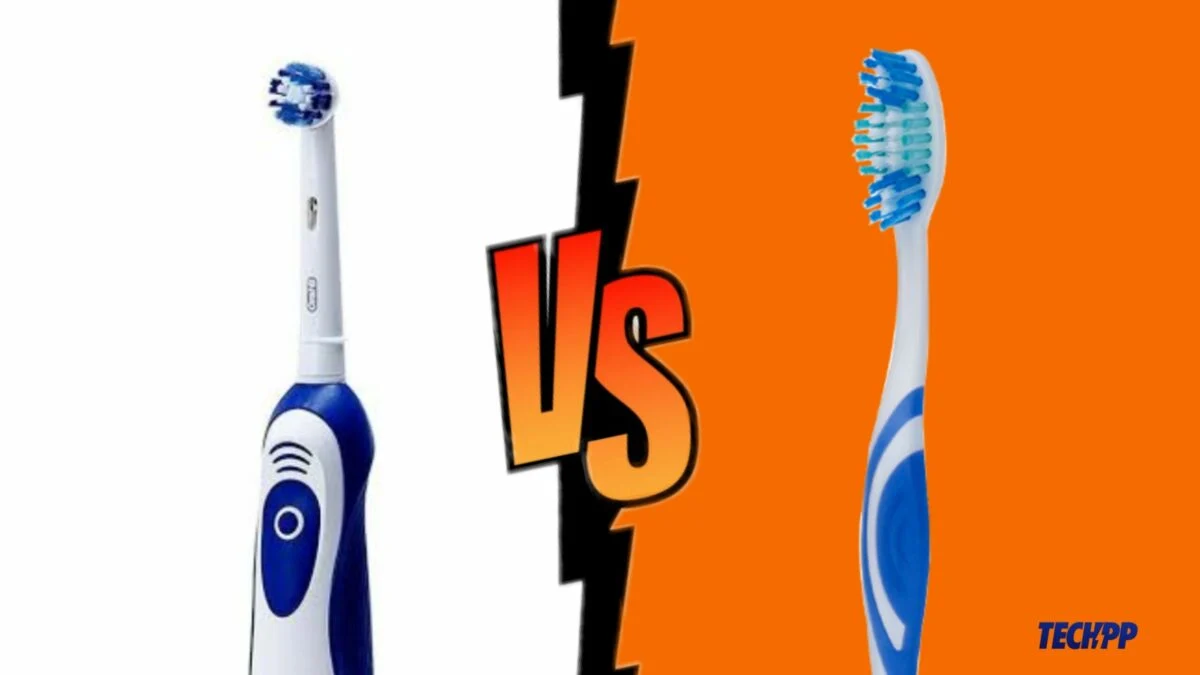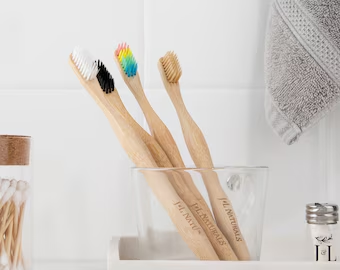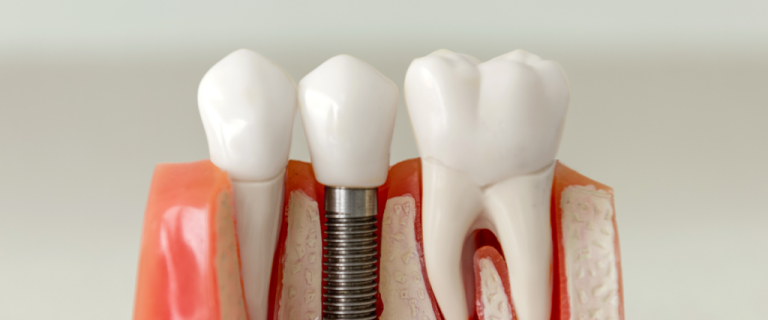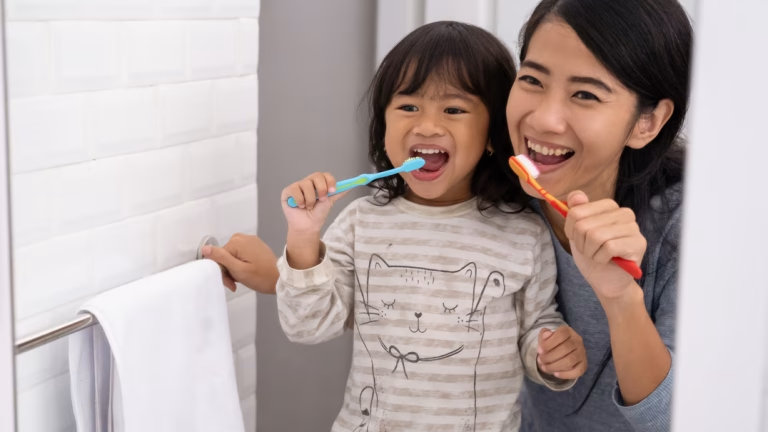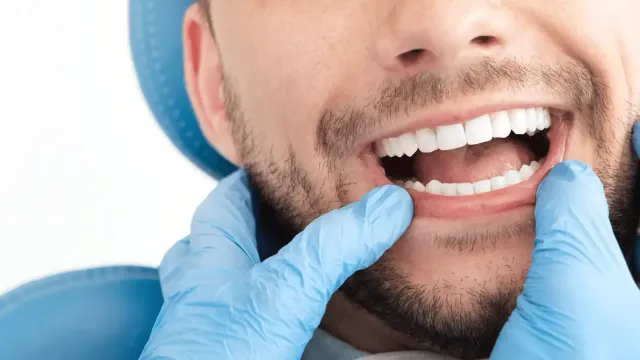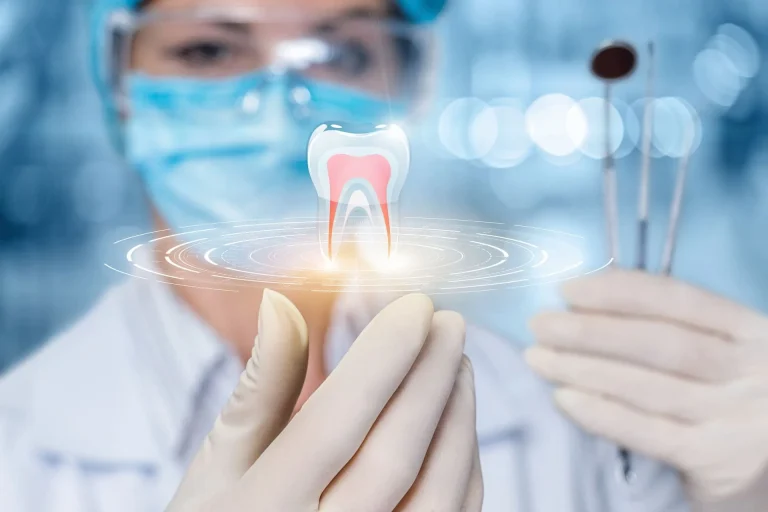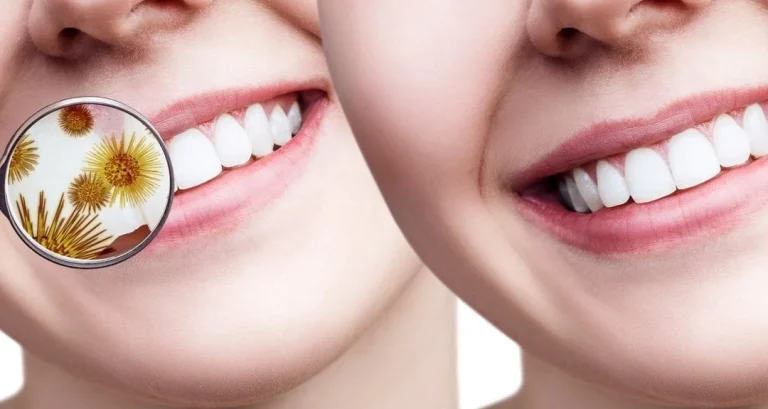Comparative Analysis: Manual vs. Electric Toothbrushes ��� What’s Best for Your Oral Health?
Let’s face it—brushing your teeth is one of those non-negotiable daily habits, like drinking coffee or scrolling through your phone first thing in the morning. But when it comes to choosing the right toothbrush, the options can feel overwhelming. Manual or electric? It’s a debate that’s been buzzing for years, and everyone seems to have an opinion. Some swear by the simplicity of a manual toothbrush, while others won’t go a day without their high-tech electric brush. But what does the science say? And more importantly, what’s best for your oral health?
In this article, we’re diving deep into the manual vs. electric toothbrush showdown. We’ll break down the facts, debunk some myths, and help you weigh the pros and cons—so you can make an informed decision that keeps your smile shining bright. Whether you’re a die-hard manual fan or curious about upgrading to electric, we’ve got you covered. Let’s get brushing!
The Science Behind Brushing: What Really Works?
When it comes to brushing your teeth, it’s not just about going through the motions—it’s about doing it right. But does the type of toothbrush you use really make a difference? Let’s look at what the science says.
Multiple studies have compared the effectiveness of manual and electric toothbrushes, and the results might surprise you. For example, a 2014 review published in the Cochrane Database of Systematic Reviews found that electric toothbrushes reduced plaque by 21% more than manual brushes after three months of use. They also showed a significant improvement in gum health, reducing gingivitis by 11% more than their manual counterparts.
Why the difference? Electric toothbrushes often come with features like oscillating or sonic technology, which can remove plaque more efficiently than manual brushing. These brushes are designed to do the heavy lifting for you, ensuring consistent pressure and motion—something that’s hard to achieve with a manual brush, especially if your technique isn’t perfect.
But before you toss your manual toothbrush in the trash, let’s not forget that technique matters too. A 2020 study in the Journal of Clinical Periodontology found that when used correctly, manual toothbrushes can be just as effective as electric ones. The catch? Most people don’t brush for the recommended two minutes or use the proper circular motion.
So, what’s the takeaway? Both manual and electric toothbrushes can get the job done, but electric brushes might give you an edge if you’re looking for a more consistent and efficient clean. That said, if you’re a manual brush loyalist with stellar brushing habits, you’re probably doing just fine.
Still, it’s worth asking yourself: Are you confident in your brushing technique? Or could you use a little extra help to keep your smile in top shape?
Cost Comparison: Is the Investment Worth It?
Let’s talk dollars and cents—because let’s be real, your toothbrush choice isn’t just about oral health; it’s also about your wallet. Manual toothbrushes are the clear winner when it comes to upfront costs. You can snag a decent manual brush for as little as $2 to $5, while electric toothbrushes can set you back anywhere from $30 to $200, depending on the brand and features.
But here’s where things get interesting: the long-term costs. Electric toothbrushes often require replacement heads every three months, just like manual brushes. Those heads can cost between $10 and $50 per pack, depending on the model. Add in the occasional battery replacement (for non-rechargeable models) or the electricity to charge your brush, and the expenses can start to add up.
On the flip side, manual toothbrushes are cheap to replace, but they don’t come with the added benefits of advanced cleaning technology. Over time, the cost difference between the two might not be as dramatic as you’d think. For example, let’s break it down:
- Manual Toothbrush: $5 upfront + $10 per year for replacements = $15 annually.
- Electric Toothbrush: $50 upfront + $30 per year for replacement heads = $80 in the first year, $30 annually after that.
Sure, the electric option costs more upfront, but if it helps you avoid costly dental procedures down the line—like fillings or gum treatments—it might just pay for itself. Plus, many electric toothbrushes come with built-in timers and pressure sensors, which can help you brush more effectively and avoid overbrushing, potentially saving you from expensive dental issues.
So, is the investment worth it? If you’re someone who struggles with brushing technique or just wants a little extra help maintaining your oral health, the answer might be yes. But if you’re on a tight budget and already have great brushing habits, a manual toothbrush could still be your best bet.
What’s your budget like? And more importantly, what’s the value of a healthy smile to you?
Accessibility and Ease of Use: Who Benefits Most?
When it comes to choosing between a manual and electric toothbrush, one size doesn’t fit all. Different people have different needs, and what works for one person might not work for another. Let’s break it down by who might benefit most from each type.
Electric Toothbrushes: A Game-Changer for Some
Electric toothbrushes can be a lifesaver for people who struggle with manual dexterity or have conditions that make brushing difficult. For example:
- Seniors or Arthritis Patients: The ergonomic design and automatic brushing motion of electric toothbrushes can make it easier for those with limited hand mobility to clean their teeth effectively.
- Kids: Let’s be honest—getting kids to brush properly can feel like pulling teeth (pun intended). Electric toothbrushes with fun features like timers, music, or cartoon characters can make brushing more engaging and ensure they’re cleaning their teeth thoroughly.
- Busy Professionals: If you’re always on the go, an electric toothbrush with a built-in timer can help you brush for the recommended two minutes without having to think about it.
Manual Toothbrushes: Simple and Reliable
On the other hand, manual toothbrushes are straightforward and accessible for just about anyone. They’re especially great for:
- Travelers: Manual brushes are lightweight, compact, and don’t require charging or batteries, making them a convenient option for life on the road.
- Budget-Conscious Individuals: If you’re looking for an affordable, no-frills option, a manual toothbrush gets the job done without breaking the bank.
- People with Sensitive Teeth or Gums: Some folks find that they can control the pressure better with a manual brush, reducing the risk of irritation or damage to sensitive areas.
The Middle Ground: Hybrid Options
Can’t decide? Some electric toothbrushes come with manual-like heads or adjustable settings, offering a middle ground for those who want the best of both worlds.
At the end of the day, the best toothbrush is the one you’ll use consistently and effectively. Think about your lifestyle, physical abilities, and personal preferences. Are you someone who needs a little extra help to brush well, or do you prefer the simplicity of a manual brush? Your answer might just point you in the right direction.
Common Myths and Misconceptions
When it comes to manual vs. electric toothbrushes, there’s no shortage of myths floating around. Let’s set the record straight and debunk some of the most common misconceptions—because your oral health deserves facts, not fiction.
Myth 1: Electric Toothbrushes Are Always Better
While electric toothbrushes have been shown to remove plaque more effectively in some studies, they’re not a magic solution. A manual toothbrush used with proper technique can be just as effective. The key is consistency and thoroughness, not just the tool itself.
Myth 2: Manual Toothbrushes Don’t Clean as Well
This one’s a classic. The truth? A manual toothbrush can clean your teeth perfectly fine—if you’re using it correctly. The problem isn’t the brush; it’s often the user. Many people don’t brush for the full two minutes or miss hard-to-reach spots. If you’re diligent about your brushing habits, a manual brush can absolutely keep your smile healthy.
Myth 3: Electric Toothbrushes Are Too Harsh for Sensitive Teeth
Some people worry that the powerful vibrations of an electric toothbrush might be too abrasive for sensitive teeth or gums. But many electric models come with adjustable settings, including gentle modes specifically designed for sensitivity. It’s all about finding the right brush for your needs.
Myth 4: Manual Toothbrushes Are Outdated
Just because electric toothbrushes are high-tech doesn’t mean manual brushes are obsolete. In fact, manual toothbrushes are still the go-to choice for millions of people worldwide. They’re reliable, affordable, and don’t require charging or replacement parts.
Myth 5: You Don’t Need to Replace Electric Toothbrush Heads as Often
Nope! Just like manual toothbrushes, electric brush heads need to be replaced every three months—or sooner if the bristles are frayed. Using worn-out bristles, whether manual or electric, won’t clean your teeth effectively and could even harm your gums.
Myth 6: Kids Should Only Use Manual Toothbrushes
While manual brushes are a great option for kids, electric toothbrushes can be even better for teaching proper brushing habits. Many kid-friendly electric brushes come with fun features like timers, lights, or music to make brushing more enjoyable—and ensure they’re doing it right.
The bottom line? Both manual and electric toothbrushes have their pros and cons, and neither is inherently “better” than the other. It all comes down to your personal needs, preferences, and brushing habits. So, the next time you hear someone claim that one type is superior, take it with a grain of salt—and maybe a quick brush!
5. Environmental Impact: Which Is Greener?
In today’s world, being eco-conscious is more important than ever—and that includes your toothbrush. But when it comes to manual vs. electric toothbrushes, which option is kinder to the planet? Let’s break it down.
Manual Toothbrushes: The Plastic Problem
Most manual toothbrushes are made from plastic, which isn’t biodegradable. That means every toothbrush you’ve ever used is still sitting in a landfill somewhere. According to the American Dental Association (ADA), the average person uses about 300 toothbrushes in their lifetime. Multiply that by billions of people, and you’ve got a massive environmental issue.
That said, there are eco-friendly alternatives. Bamboo toothbrushes, for example, are biodegradable and have gained popularity in recent years. They’re a great option if you’re looking to reduce your plastic footprint. Just keep in mind that the bristles are often still made from nylon, so you’ll need to remove them before composting the handle.
Electric Toothbrushes: A Mixed Bag
Electric toothbrushes have a more complex environmental impact. On one hand, they’re made from a combination of plastic, metal, and electronic components, which makes them harder to recycle. On the other hand, you only replace the brush head every three months, not the entire unit. This means less waste over time compared to constantly tossing out manual brushes.
However, electric toothbrushes require electricity to charge, which adds to their carbon footprint. If you’re using a rechargeable model, the environmental impact depends on how your local energy grid is powered. Solar or wind energy? Not so bad. Coal-powered? Not so great.
The Verdict
If you’re looking to go green, here’s the breakdown:
- Manual Toothbrushes: Choose biodegradable options like bamboo brushes to minimize waste.
- Electric Toothbrushes: Opt for models with replaceable heads to reduce plastic usage, and consider charging with renewable energy if possible.
At the end of the day, the greenest toothbrush is the one you’ll use effectively to maintain your oral health. After all, preventing dental issues means fewer trips to the dentist—and less waste from dental products and treatments. So, whether you go manual or electric, make sure you’re brushing responsibly—for your smile and the planet.
6. Personal Preferences and Lifestyle Factors
Let’s get real—choosing between a manual and electric toothbrush isn’t just about science, cost, or the environment. It’s also about you. Your lifestyle, habits, and personal preferences play a huge role in determining which type of toothbrush is the best fit. After all, the best toothbrush is the one you’ll actually use consistently and correctly.
For the Minimalist
If you’re someone who loves simplicity and hates fuss, a manual toothbrush might be your jam. No charging, no replacement heads, no fancy settings—just a straightforward tool that gets the job done. Plus, it’s easy to toss in your gym bag or suitcase without worrying about batteries or chargers.
For the Tech Enthusiast
On the flip side, if you’re all about gadgets and love a little tech in your life, an electric toothbrush could be your new best friend. With features like Bluetooth connectivity, built-in timers, and pressure sensors, brushing can feel more like a high-tech experience than a chore.
For the Frequent Traveler
If you’re always on the move, portability might be a top priority. Manual toothbrushes are lightweight and don’t require charging, making them a convenient choice for life on the road. That said, many electric toothbrushes now come with travel cases and long-lasting batteries, so you don’t have to sacrifice your brushing routine while traveling.
For the Busy Bee
Let’s face it—life gets hectic, and sometimes brushing your teeth feels like just another item on your never-ending to-do list. If you’re short on time or tend to rush through your brushing routine, an electric toothbrush with a built-in timer can help ensure you’re brushing for the full two minutes without even thinking about it.
For the Eco-Conscious
If sustainability is a priority for you, consider your options carefully. A bamboo manual toothbrush might align with your values, or you might prefer an electric toothbrush with replaceable heads to cut down on waste. Either way, your choice can reflect your commitment to the planet.
For the Family
If you’re shopping for a household, it’s worth considering a mix of both. Kids might love the fun features of an electric toothbrush, while adults might prefer the simplicity of a manual brush. The key is finding what works for each person’s unique needs and preferences.
At the end of the day, there’s no one-size-fits-all answer. Your toothbrush choice should align with your lifestyle, habits, and goals. So, ask yourself: What’s most important to you? Convenience, technology, sustainability, or something else entirely? Whatever you choose, the goal is the same—a healthy, happy smile.
Conclusion
So, manual or electric—what’s the verdict? As we’ve seen, both types of toothbrushes have their strengths and weaknesses. Electric toothbrushes offer advanced cleaning technology, consistency, and features that can make brushing easier and more effective, especially for those with specific needs like arthritis or sensitive gums. On the other hand, manual toothbrushes are affordable, portable, and eco-friendly options that work just as well when used with proper technique.
The truth is, there’s no one “best” toothbrush for everyone. It all comes down to your unique needs, preferences, and lifestyle. Are you looking for a high-tech tool to elevate your oral care routine, or do you prefer the simplicity and reliability of a manual brush? Whatever you choose, the most important thing is that you’re brushing twice a day for two minutes and maintaining good oral hygiene habits.
Still not sure which option is right for you? Your dentist can provide personalized recommendations based on your oral health goals and concerns. Ready to take the next step? Schedule a consultation with our dental clinic today, and let’s find the perfect toothbrush to keep your smile healthy and bright. After all, your teeth deserve the best—whether it’s manual, electric, or somewhere in between.
Now, over to you: What’s your toothbrush of choice, and why? Share your thoughts in the comments below—we’d love to hear from you!
FAQs
1. Q: What is the primary difference between a manual and an electric toothbrush?
A: A manual toothbrush is powered by your hand’s motion, while an electric toothbrush uses battery power to move the brush head.
2. Q: Do electric toothbrushes clean teeth better than manual toothbrushes?
A: Both can effectively clean teeth. Electric toothbrushes may offer advantages like built-in timers and oscillating heads that some find easier to use and more effective.
3. Q: Can an electric toothbrush cause damage to gums?
A: Yes, if used incorrectly. Applying too much pressure or using an incorrect technique with either type can harm gums. Many electric toothbrushes have pressure sensors to help prevent this.
4. Q: Are there specific oral health conditions where an electric toothbrush is recommended?
A: Electric toothbrushes can be particularly helpful for individuals with limited mobility, arthritis, or those wearing braces, making it easier to clean hard-to-reach areas.
5. Q: Is it necessary to use a specific toothpaste with an electric toothbrush?
A: No, you can use the same toothpaste you would use with a manual toothbrush. Fluoride toothpaste is generally recommended.
6. Q: What are the benefits of using a timer on an electric toothbrush?
A: Timers ensure you brush for the dentist-recommended two minutes, helping to remove plaque and bacteria effectively.
7. Q: Are electric toothbrushes more expensive than manual toothbrushes?
A: Yes, the initial cost of an electric toothbrush is higher. However, only the brush heads need replacing, which can be more cost-effective in the long run compared to replacing manual toothbrushes entirely.
8. Q: How often should I replace my toothbrush or toothbrush head?
A: You should replace your manual toothbrush or electric toothbrush head every three months, or sooner if the bristles are frayed.
9. Q: Can a manual toothbrush be as effective as an electric toothbrush in removing plaque?
A: Yes, with proper technique and brushing for the recommended two minutes, a manual toothbrush can be just as effective at removing plaque.
10. Q: What features should I look for when choosing an electric toothbrush?
A: Look for features like a pressure sensor, timer, different brushing modes (e.g., whitening, sensitive), and oscillating or rotating brush head. Consider your specific needs and preferences.

